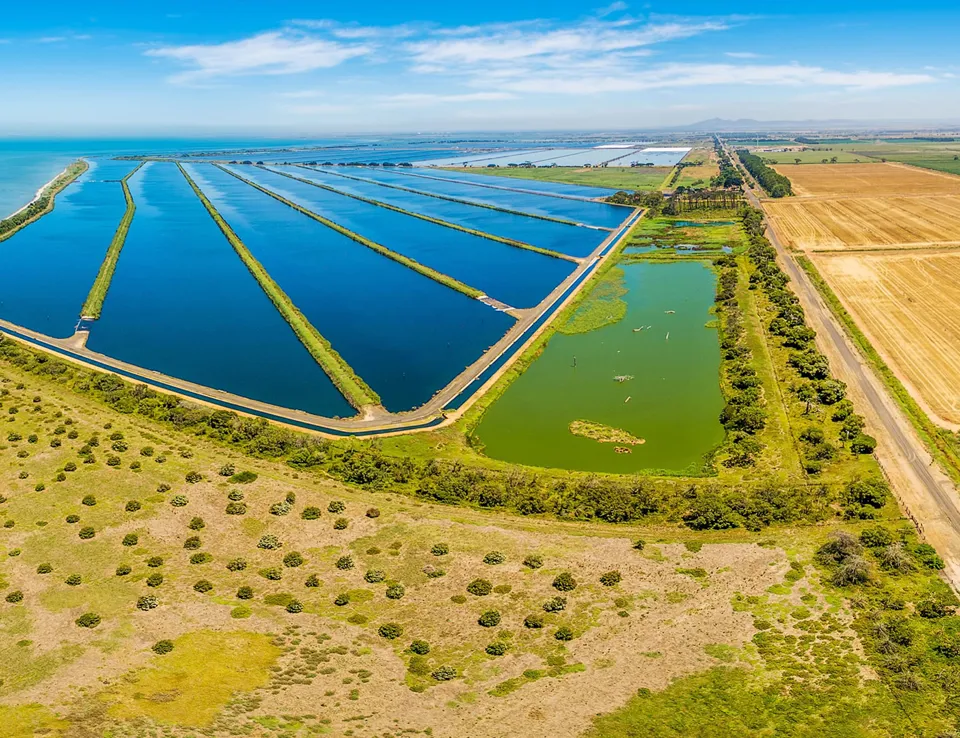Free webinar: Water Markets Report: 2021-22 Review and 2022-23 Outlook
In 2021-22, compounding factors across the southern connected system created the best water availability conditions in the last 15 years. This was driven by maximum allocations to most major entitlements in the southern Murray-Darling Basin, and regular, widespread rainfall that reduced demand for irrigation water and kept storages topped up. Despite large areas of annual crops planted, these dynamics set the scene for a second year of tumbling water allocation prices in all trading zones. This was good news for irrigation businesses as the ongoing wet conditions mean that 2022-23 will be another year when high water availability will support low allocation prices.
Despite the wet conditions, prices for most major water entitlements in the southern Murray-Darling Basin started to increase again. This was driven by limited supply coming to market and the favourable economic conditions that underpinned a strong Australian agriculture sector. From a water policy and management perspective, 2021-22 was characterised by many of the same themes from last water year, including water market transparency, improvements to the information and data available and strengthening metering, monitoring and compliance. The change in federal government towards the end of the water year renewed questions about the potential for changes in the approach to meeting Murray-Darling Basin Plan commitments.
During the webinar, we will share analysis and insights from market activity in 2021-22, providing our outlook for water markets in 2022-23, and reflect on the current state of the market.
Disclaimer:
This webinar recordings was produced by Aither Pty Ltd before its acquisition by Ricardo Plc and therefore do not feature Ricardo branding. The combined offer of Ricardo Water and Environment Australia now spans water policy, strategy and economics, resilience and adaptation, strategic engineering, environmental assessment and approvals, strategic and statutory planning, climate and water risk, hydrology, and decarbonisation.









